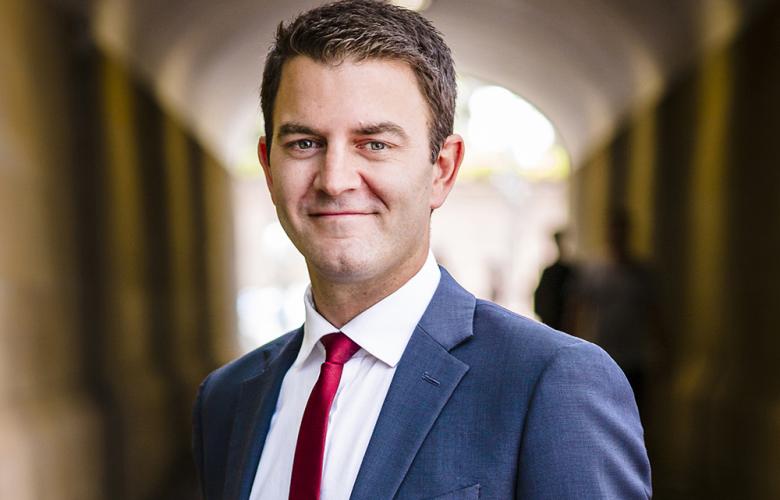No slowdown for industrial rental growth, as demand continues to outstrip supply - LJ Hooker
Contact
No slowdown for industrial rental growth, as demand continues to outstrip supply - LJ Hooker
Industrial rents will continue to rise over 2023 despite economic headwinds, LJ Hooker Commercial’s latest Industrial Market Monitor shows.
Industrial rents will continue to rise over 2023 despite economic headwinds, LJ Hooker Commercial’s latest Industrial Market Monitor shows.
Following prime net-stated rises in Western Sydney’s industrial corridor of between 15-34% over the last year, tenants can expect increases of 10 –12% in the coming financial year, according to the Monitor. Secondary rents are similarly anticipated to increase 9-11%.
In Melbourne, gaps between existing and pre-lease rents are on par, with rising land prices and construction costs flowing through to higher pre-commitment rents, in turn pushing up market rents. Through to 2023 and 2024, prime rents in the Victorian capital are forecast to rise between 15% to 27% across the regions over the financial years.
And in Brisbane, prime rents are also forecast to perform strongly at around 14% pa across the regions before slowing in the 2025 financial year.
LJ Hooker Group Head of Research Mathew Tiller said an ongoing lack of available industrial space for lease combined with rising demand from a wide range of tenants has seen industrial assets outperform over the past year. Additionally, the long-lag time for new supply to hit the market, would keep vacancy rates near-record lows for the calendar year, he said.
Mr Tiller said the industrial leasing market remained buoyant with warehouse demand dominated by transport and logistics operators, major retailers, food distributors and manufacturers.
“Despite economic headwinds such as rising interest rates and inflation, conditions within industrial property are driven by supply and demand and there isn’t enough available for lease or sale across the East Coast capitals,” said Mr Tiller.
“Sale transactions are down year-on-year due to lack of available assets. Investors are uncertain what they’ll do with their gains if they sell: they’re concerned that they won’t get back into the market with the lack of stock.”
Mr Tiller said the investors would turn their attention to rental growth rather than capital gains in 2023.
“Industrial will outperform retail and office again in 2023, with a lack of supply and the rise of transport and logistics in the restructured economy underpinning demand.”
While industrial yields eased from 3.7% to 4.1% in Sydney’s Central West industrial markets in the six months to 2023, rents increased from $170sqm to $191sqm over the period; in the Outer West, yields softened from 3.6% to 4.1%, but rents increased from $140sqm to $181sqm.
LJ Hooker Commercial Macarthur manages a property portfolio worth well over $1bn in Sydney’s South-West corridor.
Managing Director Aaron Ward said industrial leasing had been ‘red hot’ over the last year. The agency doesn’t have a single untenanted industrial property for lease.
“Industrial leasing now reflects the residential market, where you can see one tenant move out one day and the new tenant move in the next,” said Mr Ward. “Tenants aren’t waiting around for maintenance to be done – they need space, now.
“We recently had a tenant in a Campbelltown warehouse indicate they were moving out and we made one phone call to an enquiry in our database and it was leased.”
Mr Ward said this is the tightest industrial rental market he’d seen in almost two decades around Macarthur and it was also having an impact on the growth of businesses.
“Businesses that took 1000-1200sqm warehouse spaces over two by five-year terms, they’re often looking to scale up to 1800-2000sqm when their options finish,” he said.
“But these tenants are having to stay where they are just because there’s hardly anything available.
“On top of that, when they signed their leases they were looking at $105-$110psm and now are facing rents that are $140-$150psm net, or in some cases more.”
Click here to view the LJ Hooker Industrial Market Monitor Report.







